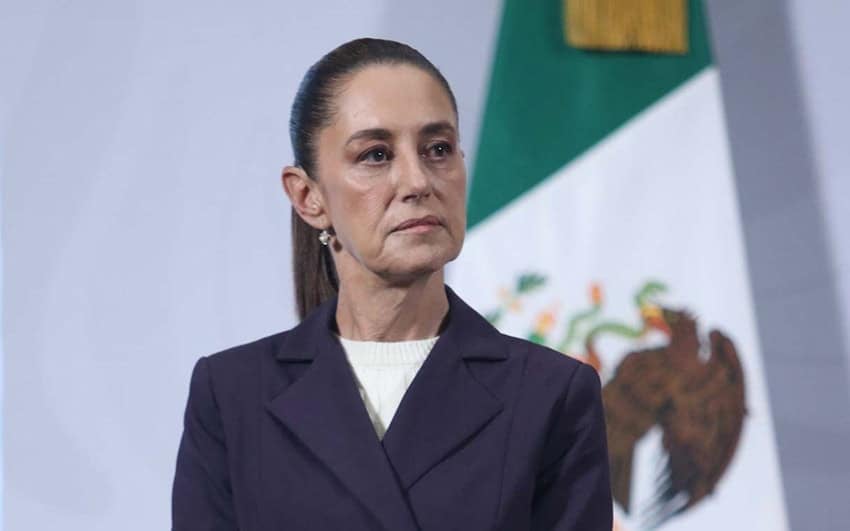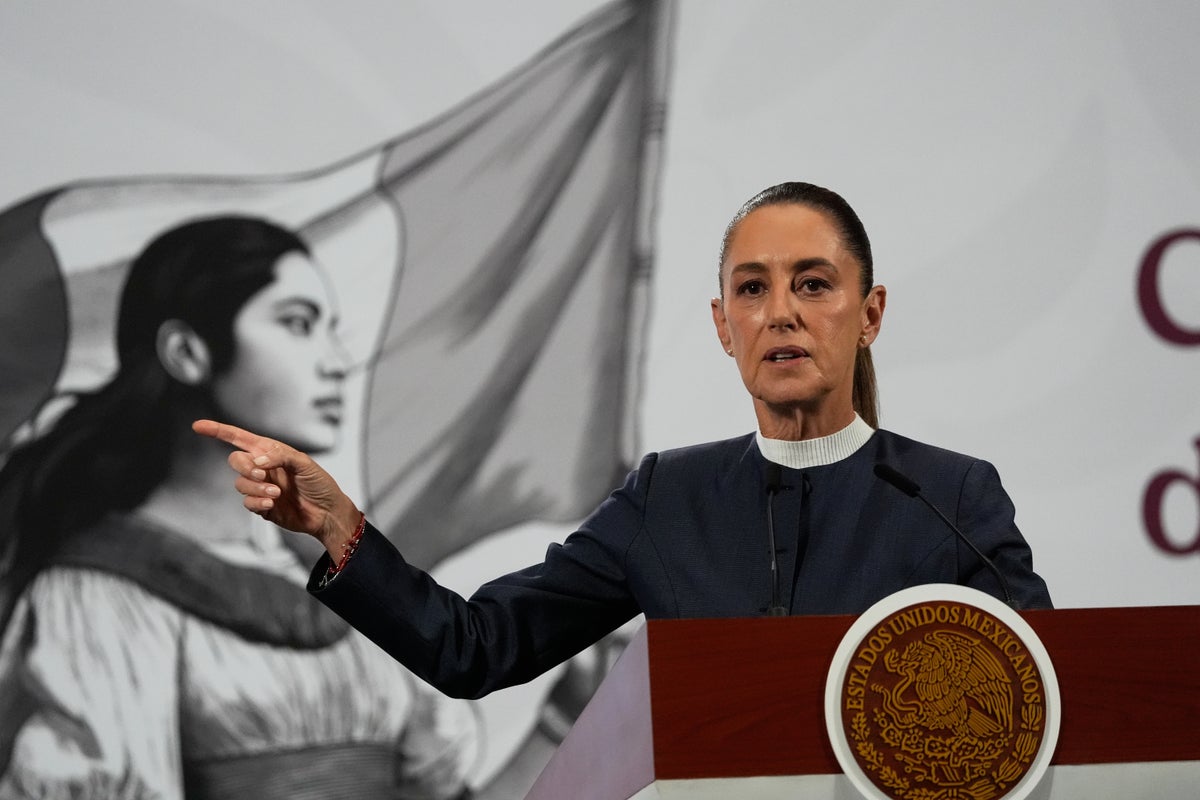Your support helps us to tell the story
From reproductive rights to climate change to Big Tech, The Independent is on the ground when the story is developing. Whether it’s investigating the financials of Elon Musk’s pro-Trump PAC or producing our latest documentary, ‘The A Word’, which shines a light on the American women fighting for reproductive rights, we know how important it is to parse out the facts from the messaging.
At such a critical moment in US history, we need reporters on the ground. Your donation allows us to keep sending journalists to speak to both sides of the story.
The Independent is trusted by Americans across the entire political spectrum. And unlike many other quality news outlets, we choose not to lock Americans out of our reporting and analysis with paywalls. We believe quality journalism should be available to everyone, paid for by those who can afford it.
Your support makes all the difference.Read more
More than 300 communities in central and eastern Mexico remained cut off by deadly landslides and flooding on Tuesday, as thousands of soldiers and civilian workers scrambled to reopen blocked roads.
The government confirmed that at least 64 people have died due to the torrential rains. Dozens are still missing and officials warn the full extent of the devastation in remote towns of 500 to 1,000 residents remains unknown.
The rains were triggered by the convergence of two tropical storms churning off Mexico’s western coast, striking at the end of an unusually heavy rainy season that has left rivers overflowing and hillsides weakened.
“Reopening roads is one of our greatest urgencies,” President Claudia Sheinbaum said. “We have to secure air bridges, food supplies, water, and check on how each person is faring.”
Health teams began fumigating affected areas to prevent outbreaks of dengue, a disease spread by mosquitoes.
The hardest-hit states are Veracruz, Hidalgo and Puebla. In Hidalgo alone, where roughly half of the isolated villages are located, about 100,000 homes were damaged or destroyed by flooding rivers and mudslides. In Veracruz, where at least 29 people died, rainfall reached 24 inches in just four days. Veracruz Gov. Rocío Nahle said more than 300,000 people were affected in the state alone.
In Poza Rica, resident Roberto Olvera said an oil refinery alarm alerted him to rising waters from the nearby Cazones River, which reached 13 feet (4 meters) in some areas.
“It was terrifying, many people in the neighborhood couldn’t escape,” he said. Floodwaters there also left a black, oily residue believed to have come from nearby oil and gas installations, coating trees and rooftops.
Dozens of health centers were damaged, including one in Álamo, Veracruz, where floodwaters reached two meters (6.5 feet), destroying all equipment. Local health director Martí Batres said medical staff are now working outdoors.
While thousands of soldiers and rescue teams search for the missing and deliver aid, helicopters are ferrying supplies to isolated zones and private construction firms are helping to reopen key roads.
Sheinbaum said there are enough resources to respond and that the government “will spare no expense during this emergency.”
____ Follow AP’s coverage of Latin America and the Caribbean at https://apnews.com/hub/latin-america





